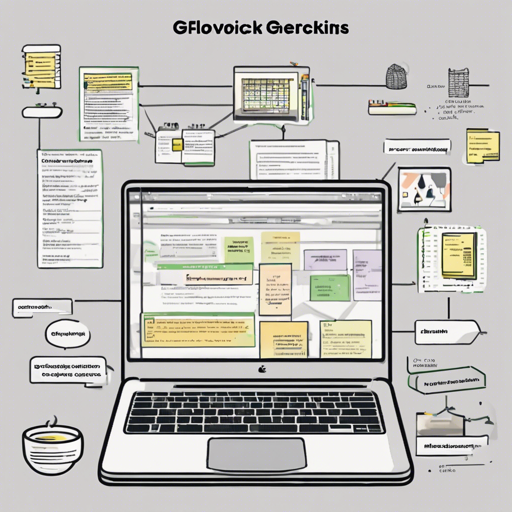Gherkin is a parser and compiler for the Gherkin language, making it an invaluable tool for those involved in Behavior-Driven Development (BDD). This guide will walk you through the various platforms Gherkin supports, how to use it effectively, and provide troubleshooting tips to ensure a smooth experience.
Supported Platforms
Gherkin offers implementations across multiple programming languages, allowing you to choose the one that best suits your project. Here’s a list of supported platforms:
How to Use Gherkin
Using Gherkin can be done through its command line interface (CLI) or as a library. The library usage is generally preferred because it produces easily consumable Abstract Syntax Tree (AST) and Pickle objects directly in your application. Here’s how to implement Gherkin in various programming languages:
Library Examples
Java
javaPath path = Paths.get("path/to/testdata/good/minimal.feature");
GherkinParser parser = GherkinParser.builder().build();
StreamEnvelope pickles = parser.parse(envelope).filter(envelope -> envelope.getPickle().isPresent());
C#
var parser = new Parser();
var gherkinDocument = parser.Parse(@"Drive:PathToGherkinDocument/document.feature");
Ruby
require 'gherkin/parser'
require 'gherkin/pickles/compiler'
source = { uri: "uri_of_the_feature.feature", data: "Feature: ...", mediaType: "text/x.cucumber.gherkin+plain" }
gherkin_document = Gherkin::Parser.new.parse(source[:data])
id_generator = Cucumber::Messages::IdGenerator::UUID.new
pickles = Gherkin::Pickles::Compiler.new(id_generator).compile(gherkin_document, source)
Think of Gherkin as a sophisticated language interpreter. Imagine you have a translator who speaks various languages (the supported programming languages) and can convert phrases written in your native tongue (the Gherkin language) into spoken words (the semantic underlying structure – the AST and Pickles). By using Gherkin’s library, you can seamlessly communicate your intentions to the translator without any additional fuss of external equipment (like a CLI processor).
Command Line Interface (CLI)
You can also utilize the Gherkin CLI to read Gherkin source files (.feature files) and output ASTs and Pickles. Here’s how you can do it:
gherkin testdata/*.feature
For better readability, you can pretty print the JSON output using jq:
gherkin testdata/*.feature | jq
Common Issues and Troubleshooting
While using Gherkin, you might encounter some common issues. Here are some troubleshooting tips:
- Missing Feature Files: Ensure the path to your .feature files is correctly referenced in your code.
- Parsing Errors: Check for syntax errors in your Gherkin steps. Ensure all keywords are properly used.
- File Encoding Issues: Ensure your .feature files are saved with UTF-8 encoding to avoid character misinterpretation.
- Segmentation Faults: If using C or Objective-C, check that you are not passing nil or null values during parser initialization.
For more insights, updates, or to collaborate on AI development projects, stay connected with fxis.ai.
Conclusion
Gherkin is a powerful tool that simplifies writing and executing behavior-driven tests. By harnessing its capabilities across various programming languages, you can enhance your development process significantly.
At fxis.ai, we believe that such advancements are crucial for the future of AI, as they enable more comprehensive and effective solutions. Our team is continually exploring new methodologies to push the envelope in artificial intelligence, ensuring that our clients benefit from the latest technological innovations.

